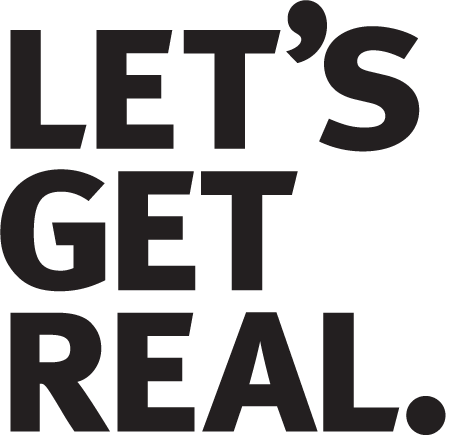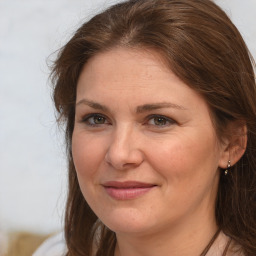Bid Ask Definition
Contents
The difference between the bid and ask prices is referred to as the bid-ask spread. The bid-ask spread benefits the market maker and represents the market maker’s profit. It is an important factor to take into consideration when trading securities, as it is essentially a hidden cost that is incurred during trading. In particular, they are set by the actual buying and selling decisions of the people and institutions who invest in that security.
This type of order will always execute trades at the price you’ve set. Let’s assume Dan wants to purchase a marijuana penny stock with a bid of 30 cents and an ask of 50 cents. If he placed a market order, he buys at 50 cents; this is not what Dan should do for obvious reasons.
- Tight bid ask spreads are very important because they help you to get a better fill price.
- If you’re trying to buy a security, your bid price has to match a seller’s ask price.
- The wider the spread, the less liquid that stock tends to be.
- Larger spreads indicate that the stock isn’t in high demand so there aren’t many buyers to push the price higher.
But, if the investor wants to buy shares at the bid, then he typically intends to get the shares at a lower price. As explained above, if a buyer places a market order, then his trade automatically gets executed at the best possible ask price. Let’s say the buyer wants to buy 100 shares with a market order, then based on the order book above, the order gets executed for 100 shares at $101.00.
Others are doing the opposite and asking to sell their stock. Every trade includes a buyer who is willing to pay a specified price, and a seller willing to take that price. No matter which role you play in the trade, you should utilize bid-ask spreads to your advantage.
Everything You Need To Know About Options Bid Ask Spread
Typically, an asset with a narrow bid-ask spread will have high demand. By contrast, assets with a wide bid-ask spread may have a low volume of demand, therefore influencing wider discrepancies in its price. The current stock price is the last trading price of the stock, or we can say the historical price. However, the bid and ask are the prices that buyers and sellers would offer. A point to note is that both bid and ask prices are for a particular time. To be able to wrap your head around why a bid and an ask even exist, you must consider the 2 key players in any market, which are the trader and the counterparty .
When there is a significant amount of take this career and shove it in a given market for a security, the spread will be tighter. Stocks that are traded heavily, such as Google, Apple, and Microsoft will have a smaller bid-ask spread. On the other hand, the lowest possible price someone is willing to sell represents the market’s supply side. At this point, it shouldn’t come as a surprise that low demand for a stock means lower prices. From prime real estate in LA to toilet paper during a pandemic, high demand means higher prices.
It is usually difficult to make a profit with a bigger spread. A general rule is smaller the spread, the better the liquidity. The higher the trading volume of a stock, the lower the spread between the bid and ask and the lower the slippage when using market orders. The price of a stock does not have anything to do with the bid-ask spread. A high volume stock like AAPL can have a much smaller bid-ask spread than a penny stock.
Bid vs Ask And Order Fulfillment
Let’s assume another investor has placed a limit order to sell 1,500 shares at $101. If these 2 orders represent the highest bid and the lowest ask price in the market, the spread on this stock is $1. Together, they indicate the best price at which securities can be bought and sold at a particular time.

StocksToTrade is our research, scanning, and trading platform. It’s designed by traders for traders — with built-in tools for watchlists, charting, indicators, news feeds, and more. Let’s take a look at a few examples of bid and ask prices from the StocksToTrade platform.
Bid-Ask Spread in Options
These products and services are usually sold through license agreements or subscriptions. Our investment management business generates asset-based fees, which are calculated as a percentage of assets under management. We also sell both admissions and sponsorship packages for our investment conferences and advertising on our websites and newsletters. Suppose you’ve decided to sell your home, and you list it at $350,000. After much negotiation, the sale finally goes through at $335,000. The last price is the result of the transaction—not necessarily what you hoped to get, nor what the buyer hoped to pay.

This will also give you examples of different bid-ask spreads. Larger spreads indicate that the stock isn’t in high demand so there aren’t many buyers to push the price higher. The bid represents demand and the ask represents supply for an asset. Full BioCierra Murry is an expert in banking, credit cards, investing, loans, mortgages, and real estate. During volatile conditions, traders would be wise not to place market orders unless they are completely necessary. Fundamentally the best way to prevent slippage is to utilize a guaranteed stop order.
To facilitate the matching of buyers and sellers, stock markets and brokerage companies like IIFL play a crucial role. This is because the market price of a company’s shares is closely related to the price at which these services are provided. It’s analogous to when you shop online and are charged extra for shipping. The current stock price, also known as market value, is the price the stock was last traded.
Depending on their perspective of https://business-oppurtunities.com/, they choose either of the two. However, no matter which bid-ask spread options they choose, the difference between the ask and bid prices would be the profit of the market makers who offer the deal. As stated above, the difference between ask and bid prices becomes the profit for those who sell the stocks. Hence, understanding how it is computed is an important aspect of trading. Furthermore, as the bid-ask spread helps assess market liquidity, booking profit at the right time becomes easier for investors.
For example, bidder A is ready to pay ₹5000 for a commodity while bidder B offers ₹5700 for the same commodity. Both these bidders may be encountered with a bidder C, which may offer a price higher than this. It is extremely beneficial for the seller as the buyers are now pressured to go out to each other.
When buyers really want a stock, they’ll increase their bids and raise the price. When sellers really want to sell a stock, they’ll lower their ask prices until they find someone happy to buy. The bid-ask spread refers to the price quote of the current highest bid price and the current lowest ask price. This is how traders get an idea of a stock’s current price. Yes, with a limit order you can set the amount you’re willing to pay for the shares you want.
If you want to sell a stock, you will have to sell it off at this particular price. CFD brokers that hedge their transactions are also subject to the same market spreads which they pass on to you. The moment we launch our IPO and start throwing stocks into the market for traders to buy, we have a problem.
Bid Vs Ask – Key Differences
If demand outstrips supply, then the bid and ask prices will gradually shift upwards. Bid-ask spreads can vary widely, depending on the security and the market. The average investor contends with the bid and ask spread as an implied cost of trading. Most investors and retail traders are “market takers,” meaning that they usually will have to sell on the bid and buy at the offer .
